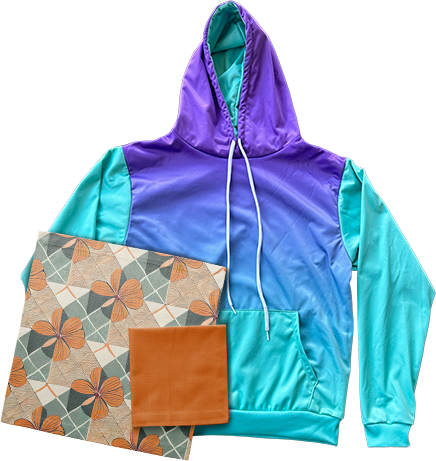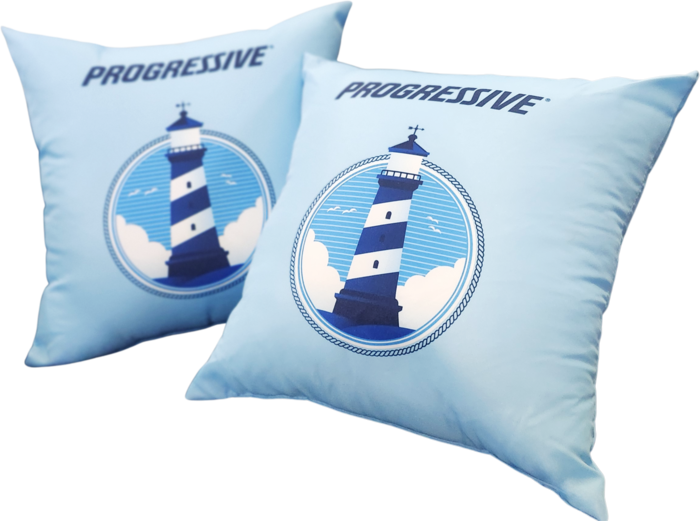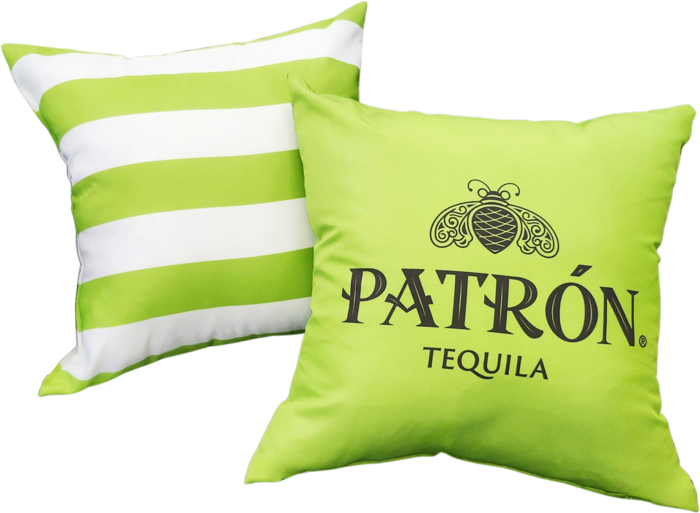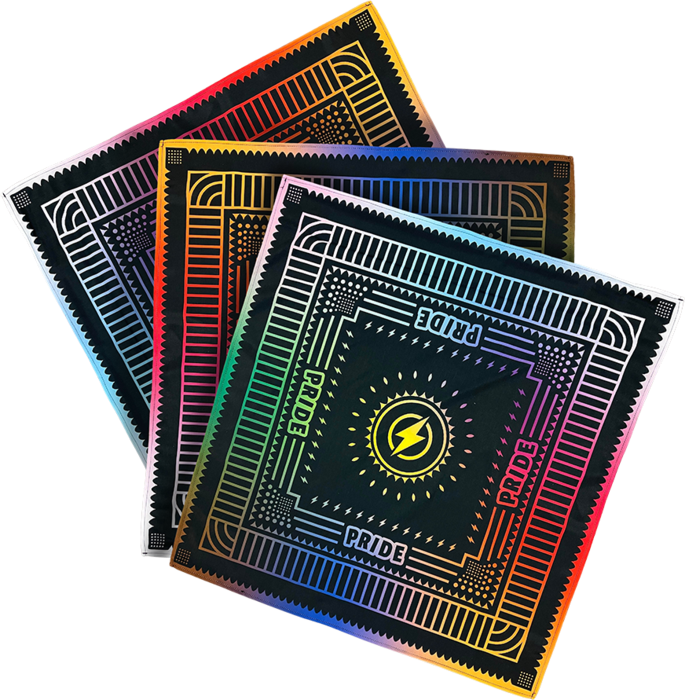Design: Begin by sending us your artwork or collaborating with our skilled team to create a design. The graphics are arranged in the correct pattern and undergo color adjustments for precision. Dye sublimation allows for expansive, edge-to-edge designs, offering limitless creative possibilities.
Print: With your design ready, it's time for printing. Your artwork is transferred onto one of our advanced large-format printers. These state-of-the-art machines print your design onto special paper designed for ink transfer to your chosen fabric.
Heat/Press: The printed paper rolls are then processed through our continuous-feed, rotary heat press, which is where the magic of sublimation takes place. As the paper and fabric pass through the rotary press, a combination of heat and pressure transforms the solid ink into a gas. This gas infiltrates the fabric, permanently embedding the images without fading, cracking, or peeling. Importantly, the fabric remains soft, breathable, and not weighed down by excessive ink.
Cut: Sublimated fabric rolls move to our cutting units equipped with Image-Driven CO2 Lasers. These cutting-edge lasers precisely and rapidly cut out patterns and markers, saving time compared to manual cutting.
Sew/Finish: After cutting and organizing all the pieces, our skilled team assembles and sews the products according to the customer's specifications. We offer various packing options, including bulk shipping, single-pack, or retail-ready packaging, before shipping the products to customers or fulfillment centers.




Dye sublimation printing is a digital printing process that uses heat to transfer dye onto various substrates, primarily synthetic fabrics. It creates vibrant, full-color designs that are long-lasting and resistant to fading or peeling.
In dye sublimation, a design is printed onto a transfer paper using special sublimation ink. Heat is then applied, causing the ink to transform into a gas, which penetrates the fabric and permanently dyes it with the chosen design.
Dye sublimation works best on synthetic fabrics, such as polyester and polyester blends. It can also be used on other polyester-coated substrates like ceramic, metal, and some plastics.
No, dye sublimation is not suitable for cotton or natural fabrics, as it requires synthetic fibers to achieve the dye penetration and vibrant colors.
Dye sublimation is printed on specilized paper and ink substrates that are activated through heat and pressure. Giving the appearance on the paper a pale, faint look prior to pressing.
Yes, dye sublimation prints are highly durable. The dye becomes a part of the fabric, so it won't crack, fade, or peel, even after numerous washes.
Dye sublimation offers advantages like vibrant and detailed prints, full-coverage designs, breathability of the fabric, and eco-friendliness due to minimal water usage.
Dye sublimation is primarily limited to synthetic materials, and it may not produce the same vintage or distressed effects as other printing methods.
The temperature and time settings can vary depending on the fabric and equipment used, but typically, for polyester-based fabrics, temperatures range from 400-415 degrees Fahrenheit, with press times of 15-20 seconds.
Yes, dye sublimation is considered eco-friendly because it uses minimal water compared to other dyeing processes, and the transfer paper can be recycled. Efforts are made to reduce waste during production.
Absolutely! Dye sublimation is perfect for customizing a wide range of products, including apparel, sportswear, promotional items, home decor, and more. Its ability to reproduce intricate and full-color designs makes it a popular choice for personalization and branding.


